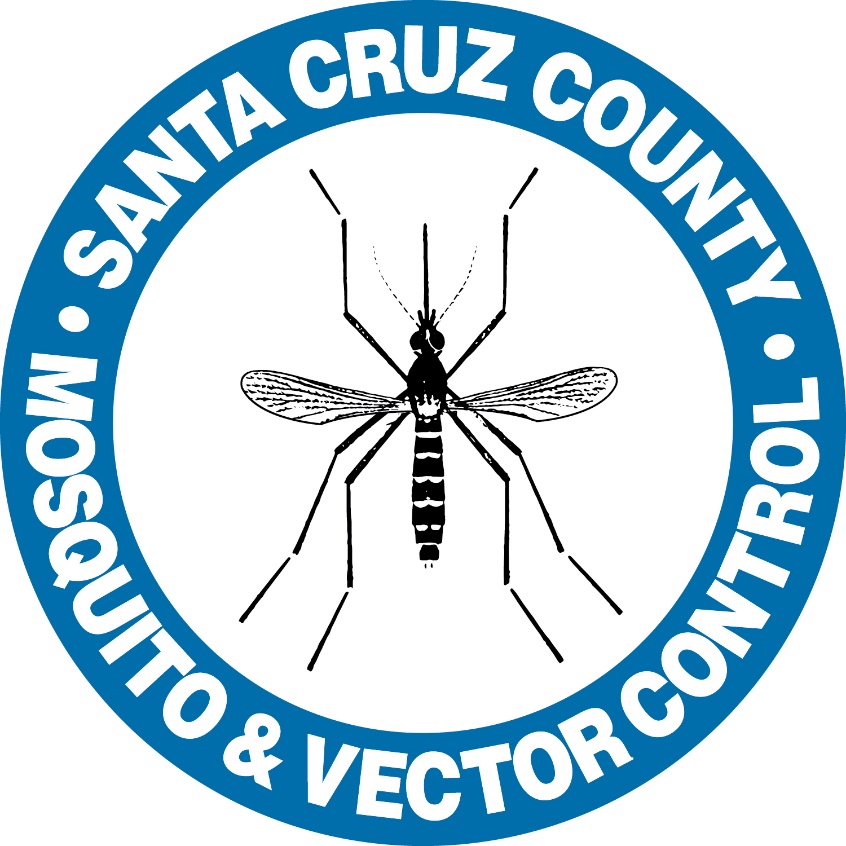According to Section 116108 of the California Health and Safety Code, "Vector" means any animal capable of transmitting the causative agent of human disease or capable of producing human discomfort or injury, including, but not limited to, mosquitoes, flies, other insects, ticks, mites, and rats.
Vector-borne diseases are human illnesses caused by parasites, viruses and bacteria that are transmitted by vectors. North Americans are currently at risk from numerous vector-borne diseases, including Lyme, dengue fever, West Nile virus disease, Rocky Mountain spotted fever, Hantavirus, plague, and tularemia. Other vector-borne diseases like chikungunya, Chagas disease, Rift Valley fever viruses and Zika virus are not endemic to North America but remain threats.
Climate is a key element affecting the prevalence of diseases transmitted by vectors such as fleas, ticks, and mosquitoes. The distribution of these vector populations and the diseases they transmit is not solely influenced by climate, but also by factors like land use, socioeconomic and cultural aspects, pest control measures, access to healthcare, and how people respond to disease risks, among others. Day-to-day, seasonal, or yearly fluctuations in climate can sometimes lead to adaptations and changes in the distribution and expansion of vectors and pathogens in different regions. Such alterations can impact disease occurrence, depending on factors like interactions between vectors and hosts, host immunity, and pathogen evolution.
The transmission of infectious diseases is notably influenced by variations in local weather conditions, alterations made to the environment by humans, the range of animal hosts, and human actions that impact interactions between vectors and humans. To comprehensively understand the connections between weather patterns, the distribution of vectors, the occurrence of vector-borne pathogens, the consequences of changes in vector and pathogen ranges, and their effects on human behavior, it is imperative to conduct more detailed, long-term studies on a smaller scale. Furthermore, there is a pressing need to improve vector surveillance and disease tracking in humans to address these concerns effectively.
